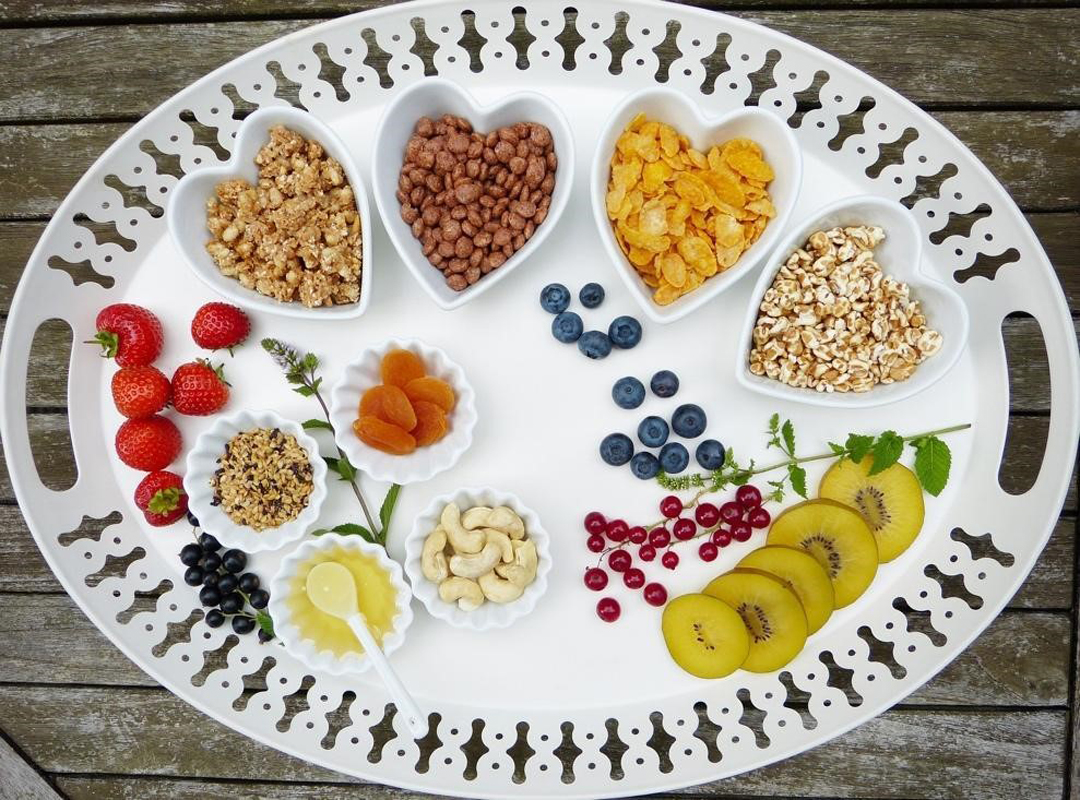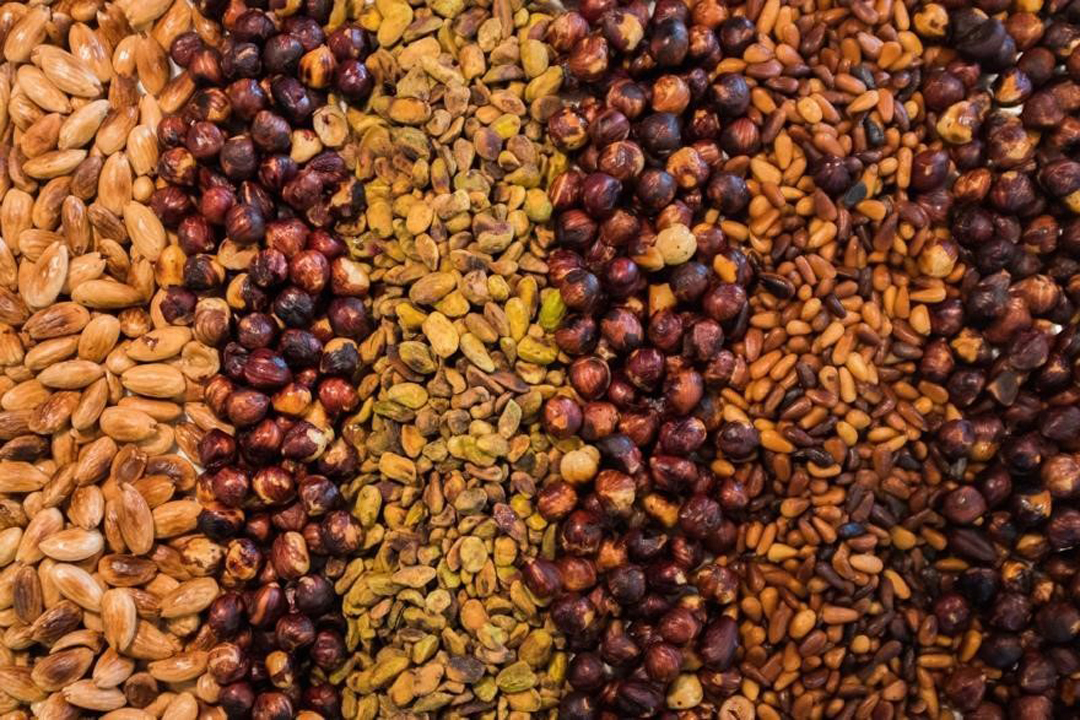 Veganuary is just about finished! If you’re one of the many people around the world who accepted the annual challenge, thank you. This month has been a great opportunity to try out a new way of eating that could change your life for the better. We’re proud of you for accepting the challenge and sticking with it (with or without some hiccups—we’re not judging)!
Veganuary is just about finished! If you’re one of the many people around the world who accepted the annual challenge, thank you. This month has been a great opportunity to try out a new way of eating that could change your life for the better. We’re proud of you for accepting the challenge and sticking with it (with or without some hiccups—we’re not judging)!
But your vegan journey doesn’t have to end just because January is. With the right information and the right amount of motivation, you can continue to live a vegan lifestyle in February and beyond. Remember: perseverance is key, and just because you may slip here and there doesn’t mean you should quit.
When considering a vegan diet, many people worry about their protein intake, and that can make it intimidating to think about what to eat on a day-to-day basis to stay healthy. After all, getting enough protein is important to the body, as it helps you feel more full from your foods and assists in keeping your energy levels up.
But don’t worry! Even though many people are conditioned to think meat is the only way to get protein, you can actually find plenty of ways to get all the protein you need on a vegan or plant-based diet. In this article, we’ve got some great staple items to help you navigate the waters.
Seeds
 Small but mighty, seeds are an easily overlooked source of protein, as well as healthy fats and calcium. Sesame seeds are one of the most popular and versatile, often topping bagels, buns, and rice bowls. But perhaps one of the best uses is in a smooth paste known as tahini, which carries full sesame seed flavor and nutritional benefits. Squeezable tahinis like the ones from Mighty Sesame Co. are great for drizzling over any of your foods or mixing into sauces, dips, and salad dressings, making it incredibly easy to add the sesame seed benefits to your diet with a whopping 8 grams of protein per 2 tablespoons. Do you love avocado toast in the morning? Top it with a drizzle of tahini for a complex and delicious flavor with a healthy serving of protein.
Small but mighty, seeds are an easily overlooked source of protein, as well as healthy fats and calcium. Sesame seeds are one of the most popular and versatile, often topping bagels, buns, and rice bowls. But perhaps one of the best uses is in a smooth paste known as tahini, which carries full sesame seed flavor and nutritional benefits. Squeezable tahinis like the ones from Mighty Sesame Co. are great for drizzling over any of your foods or mixing into sauces, dips, and salad dressings, making it incredibly easy to add the sesame seed benefits to your diet with a whopping 8 grams of protein per 2 tablespoons. Do you love avocado toast in the morning? Top it with a drizzle of tahini for a complex and delicious flavor with a healthy serving of protein.
Another of the most popular seeds for adding protein to a vegan (or even non-vegan) diet is the flax seed. In some dishes, they’re preferred whole, but generally people have an easier time digesting them and mixing them into foods when they’re ground. Each tablespoon of ground flax seeds contains about 1.28 grams of protein, and they can be easily used to add some nutrition to a smoothie, shake, oatmeal, sauce, and much more.
Beans
 Beans are a super diverse food with over 400 varieties around the world, and are a fantastic source of protein, with the bonus of good fiber content. On top of being nutrient-dense, they’re also a super accessible food to people of all income levels and are able to retain freshness for long periods of time. When canned, they can last for years, and even dry beans can last a year when stored properly.
Beans are a super diverse food with over 400 varieties around the world, and are a fantastic source of protein, with the bonus of good fiber content. On top of being nutrient-dense, they’re also a super accessible food to people of all income levels and are able to retain freshness for long periods of time. When canned, they can last for years, and even dry beans can last a year when stored properly.
Out of all varieties of beans, lentils have some of the highest amount of plant protein, packing about 18 grams in just one cup of cooked lentils. They’re known for being a particularly delicious bean and are also super easy to cook, making them a great way to add a dose of extra nutrition to your salads, soups, casseroles, and more.
Also packing about 18 grams of protein in each cooked cup is edamame, perhaps one of the tastiest bean varieties, which is popular in many Chinese, Japanese, and sushi restaurants. Similar to green beans (but arguably much better), these beloved beans are a fantastic snack or side by themselves but can be taken to the next level with the addition of some garlic and soy sauce.
Nuts
 An easy and tasty snack for on the go and a fantastic ingredient to add to recipes, nuts are a vegan’s dream for avoiding the protein woes. They can be found in bulk in most major grocery stores, which tends to be less expensive than the pre-packaged bags. Nuts of any kind can be a delicious treat for an outdoor excursion, while also providing your body with the power it needs.
An easy and tasty snack for on the go and a fantastic ingredient to add to recipes, nuts are a vegan’s dream for avoiding the protein woes. They can be found in bulk in most major grocery stores, which tends to be less expensive than the pre-packaged bags. Nuts of any kind can be a delicious treat for an outdoor excursion, while also providing your body with the power it needs.
One of the most beloved of all, almonds carry some of the most protein out of all nut varieties, with 14 grams per half cup. They’re popular for baking into desserts, either whole or chopped, and can also be found in thin slivers that make for an amazing salad topping. And best of all, they’re amazing raw and don’t need to be prepared to be enjoyable.
Also delicious and maybe even more satisfying to eat on their own are pistachios, which carry 12 grams of protein in a half cup. They can be a great TV or movie snack as you crack open and enjoy them or can add an unexpectedly delicious flavor when topped on some chicken or rice or blended into nut butters like the ones you can find at Trader Joe’s.
Quinoa
 While quinoa is technically a seed, the texture, flavor, and use are so unique, we think it deserves its own separate slot. Quinoa is a popular alternative to rice and pasta, both for vegans and for health-conscious consumers. On top of packing 8 grams of protein in each cup of cooked quinoa, it also offers 5 grams of fiber. Interestingly, quinoa is also one of the few plant-based sources of complete protein, as opposed to plant protein. Best of all, it can be used in many dishes, acting as a healthy rice or pasta, cooked into a porridge, topped on a salad, and more.
While quinoa is technically a seed, the texture, flavor, and use are so unique, we think it deserves its own separate slot. Quinoa is a popular alternative to rice and pasta, both for vegans and for health-conscious consumers. On top of packing 8 grams of protein in each cup of cooked quinoa, it also offers 5 grams of fiber. Interestingly, quinoa is also one of the few plant-based sources of complete protein, as opposed to plant protein. Best of all, it can be used in many dishes, acting as a healthy rice or pasta, cooked into a porridge, topped on a salad, and more.
Conclusion
Veganuary is an admirable goal, and one that’s becoming easier and easier with each passing year. There are plenty of informational tools out there like this article to help you navigate get started on a healthy vegan lifestyle, and, more importantly, maintain it. Remember to always listen to your body and make sure that you’re eating a wide variety of nutritious foods. By doing so, you’ll ensure that your vegan diet is sustainable for the long-term.

